Mao - The Mao Tse-tung Thought (Maoism)
The New Constitution of the Communist Party of China postulates that the Mao Tse-tung Thought (Maoism) can be conceived as:
Mao Zedong Thought is the product of the combination of the fundamental principles of Marxism-Leninism and the specific realities of the Chinese revolution. It is the crystallization of the collective wisdom of the Chinese Communist Party. The theories, lines, and principles proposed by Mao regarding the New Democratic Revolution and the Socialist Revolution, along with his immortal contributions in the areas of politics, economics, culture, military affairs, diplomacy, and party building, as well as his correct ideas on a series of major issues in socialist construction, all enrich and develop Marxism-Leninism, representing our Party's invaluable spiritual wealth. Its main content can be summarized in three basic aspects: the establishment of a thought line (the line of seeking truth from facts); the exploration of three paths (the uniquely Chinese revolutionary path of encircling the cities from the countryside and seizing power through armed struggle; the Chinese path of socialism; the Chinese approach to socialist construction); and the formation of three theoretical systems (the theory of New Democratic Revolution; the theory of socialist transformation in the Chinese context; the theory of social contradictions in socialist China).
Indeed, the most prominent non-material legacy of Mao remains Mao Tse-tung Thought. To many, Mao's thoughts represent a last idealist attempt (as of now) to defend a non-revisionist socialist state and socialist vision. Its successes and limitations, as explored in other sections of Mao Era Garbology, are multifaceted and hard to definitively judge.
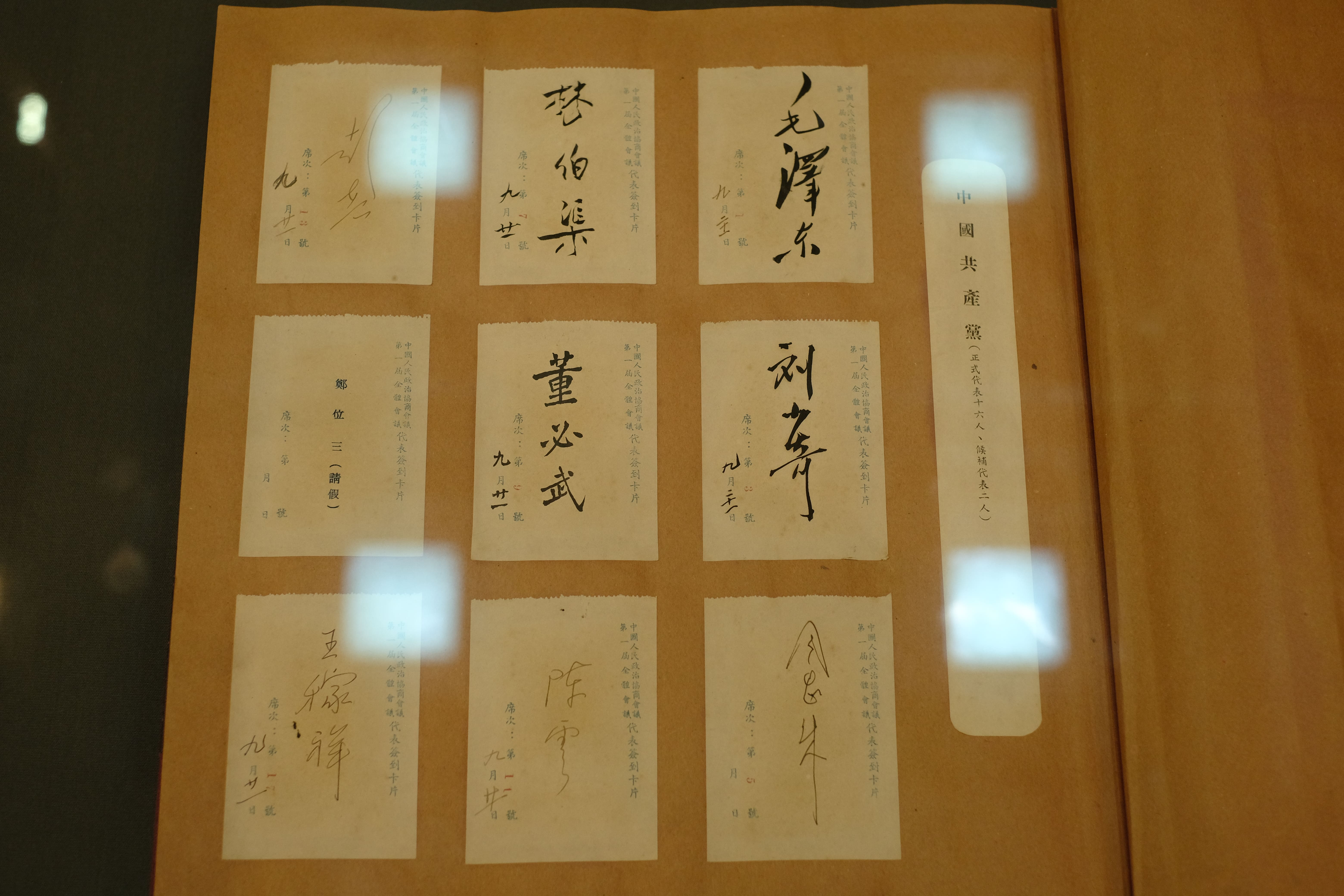
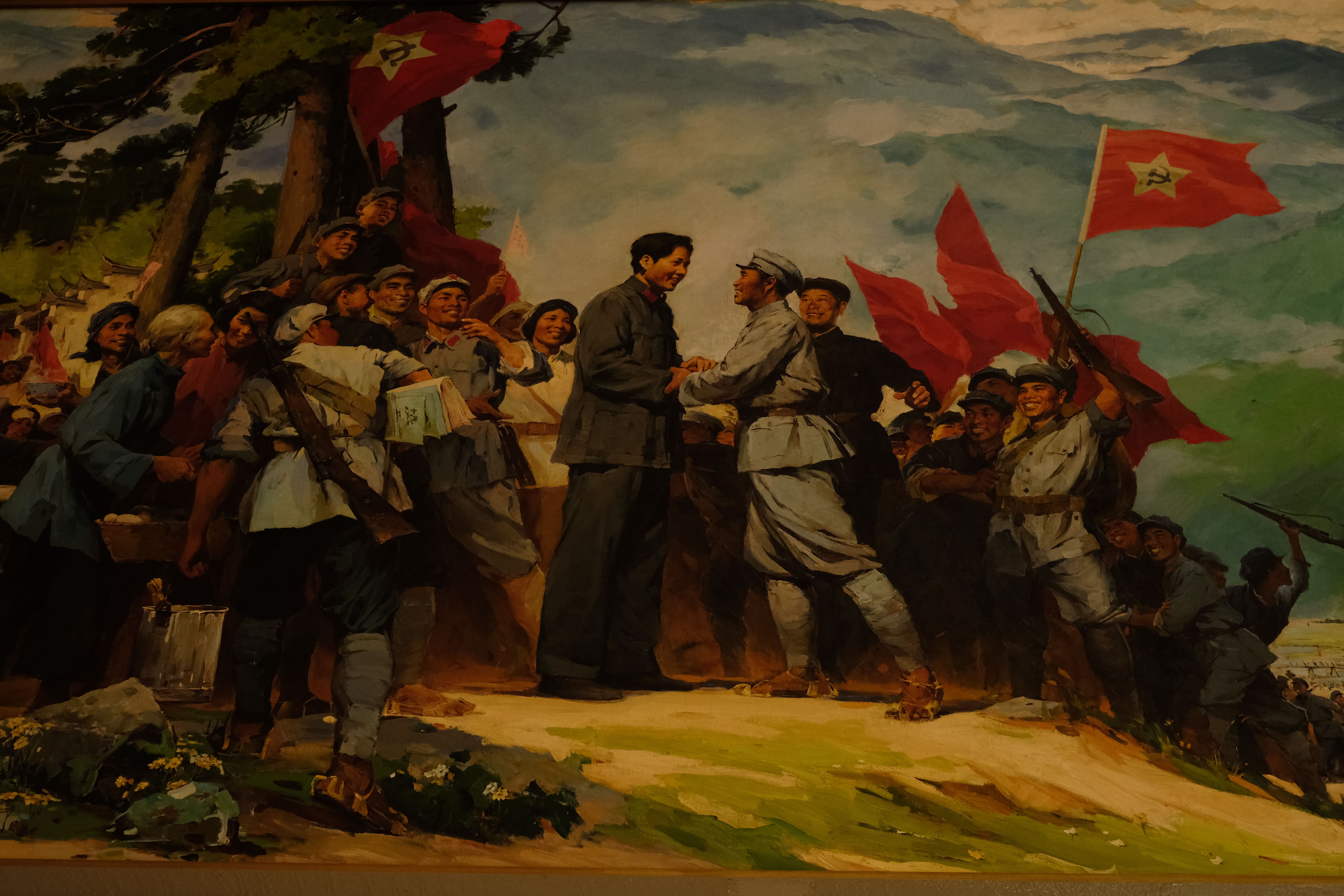
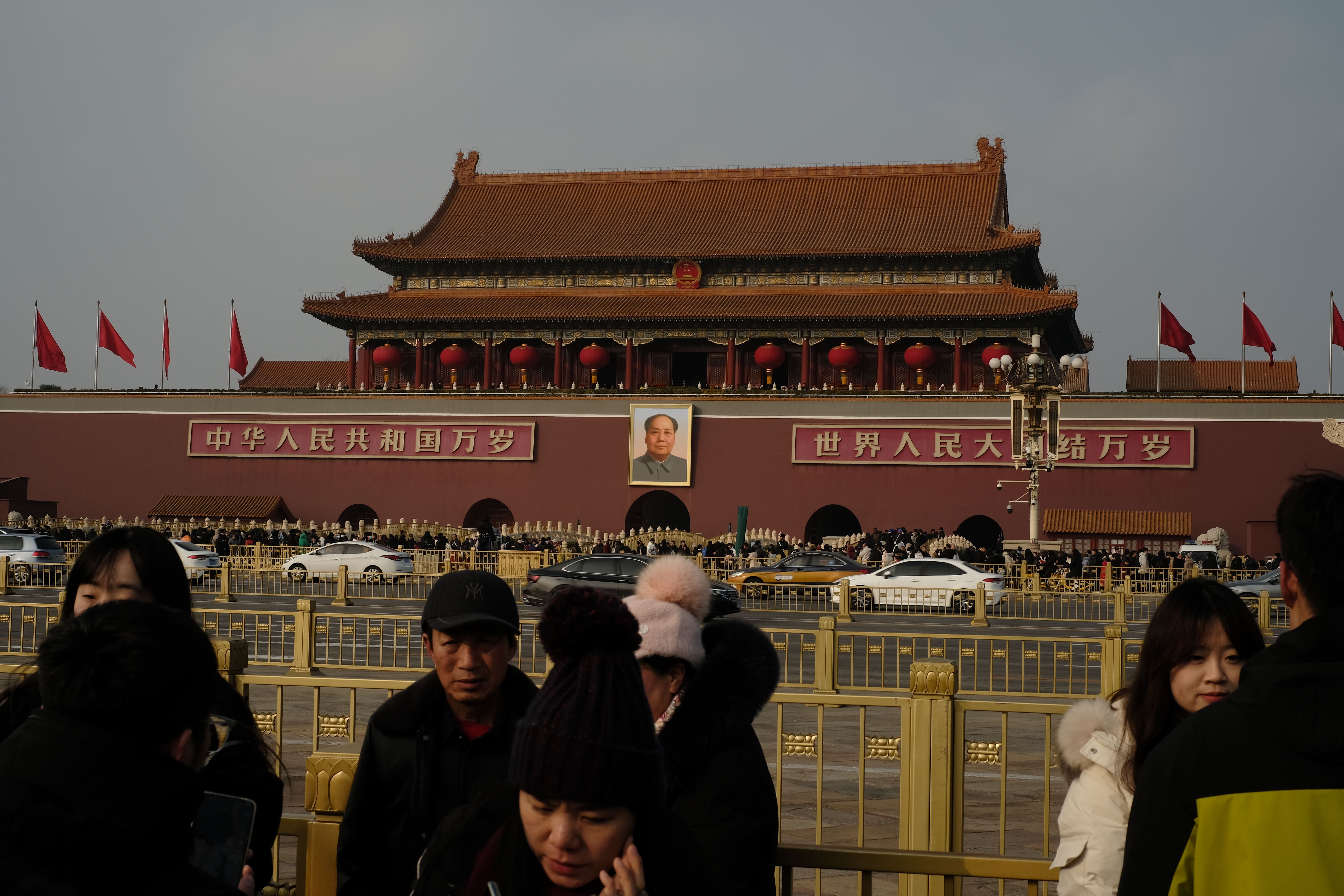
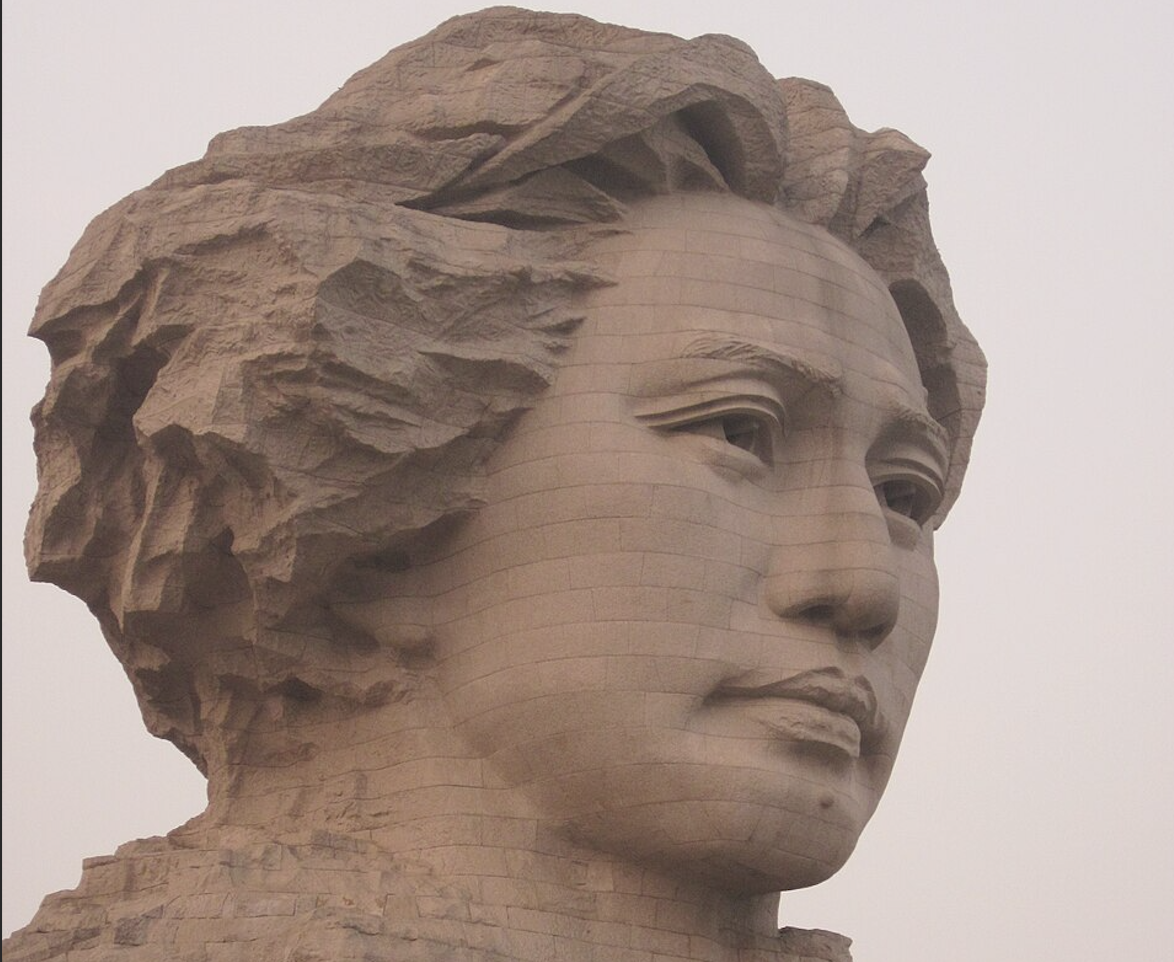
However, ideological critics of Mao accuse Mao's theories of being, in and of themselves, a deviation from orthodox Marxist theory. Particularly during the Cultural Revolution, Mao disregarded the fundamental Marxist principle that the development of the productive forces drives the alterations in the relationships of production and not vice versa. It is also for this reason, among others, that Albanian leader Hoxha critiques Maoism as an "anti-Marxist ideology."
Mao - Persona and Leadership
Mao built a powerful political persona, to the extent that it can be considered a "cult of personality." He skillfully utilized his popularity and political persona to exert significant influence over the nation. On the material culture level, this cult of personality led to the widespread usage of Mao's portrait in various forms. The instance of its use in the Mao Badges is explored in an earlier section. This section will present the overwhelming presence of Mao's image in other realms of daily life, showcasing how it became an integral part of the cultural landscape, influencing everything from art and fashion to public spaces and daily interactions.
Film footage of Chairman Mao's Fifth and Sixth Receiving of the Cultural Revolution Army (Red Guards)
Source: Chinese Public Domain
Part 1.
Part 2.
Mao's portraits
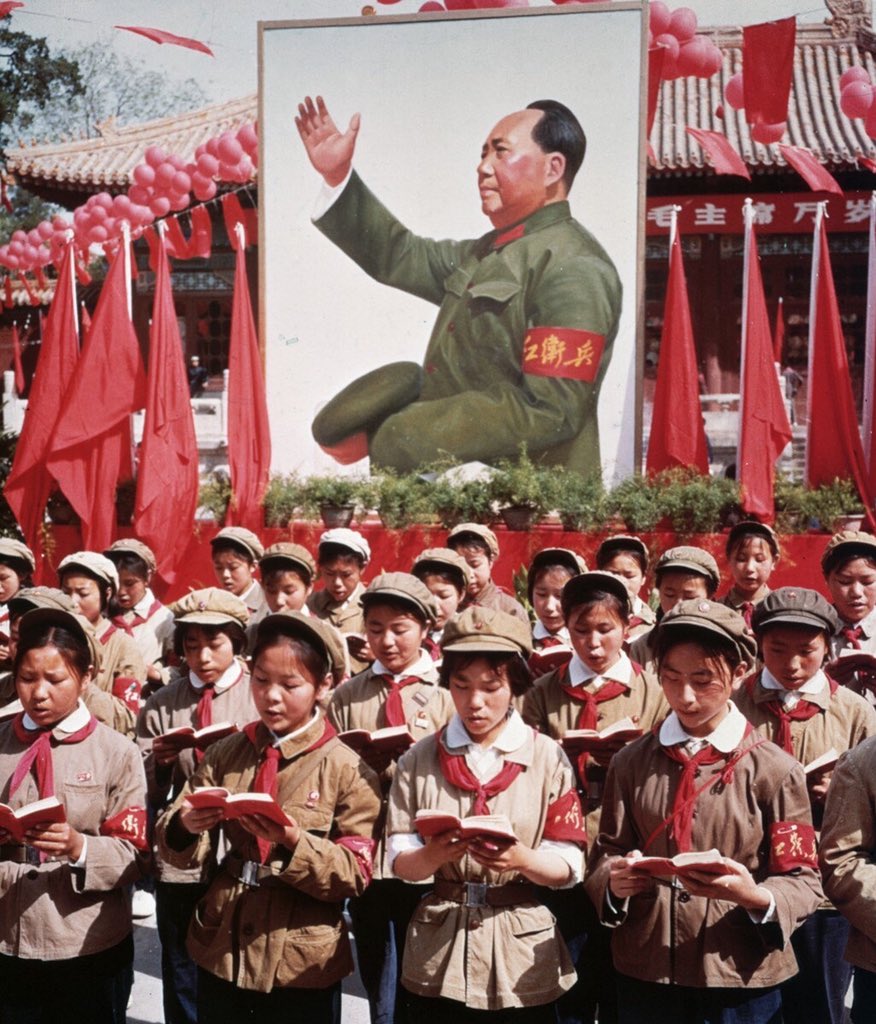
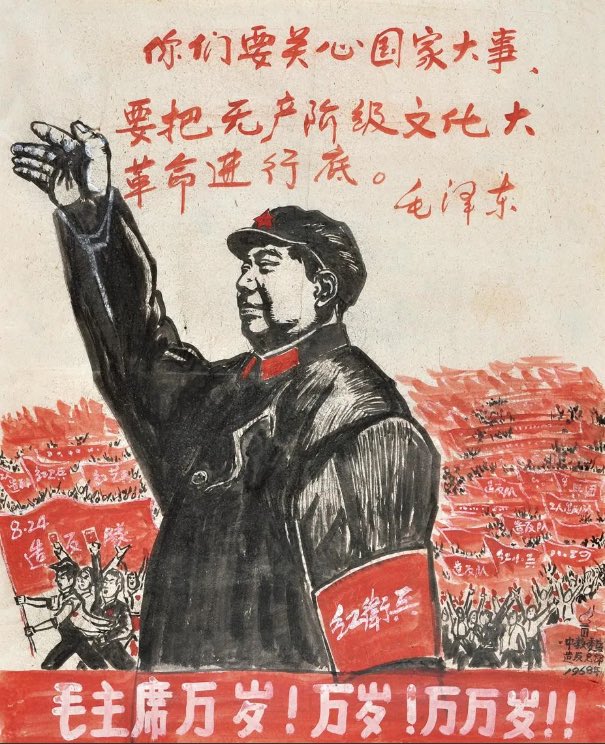
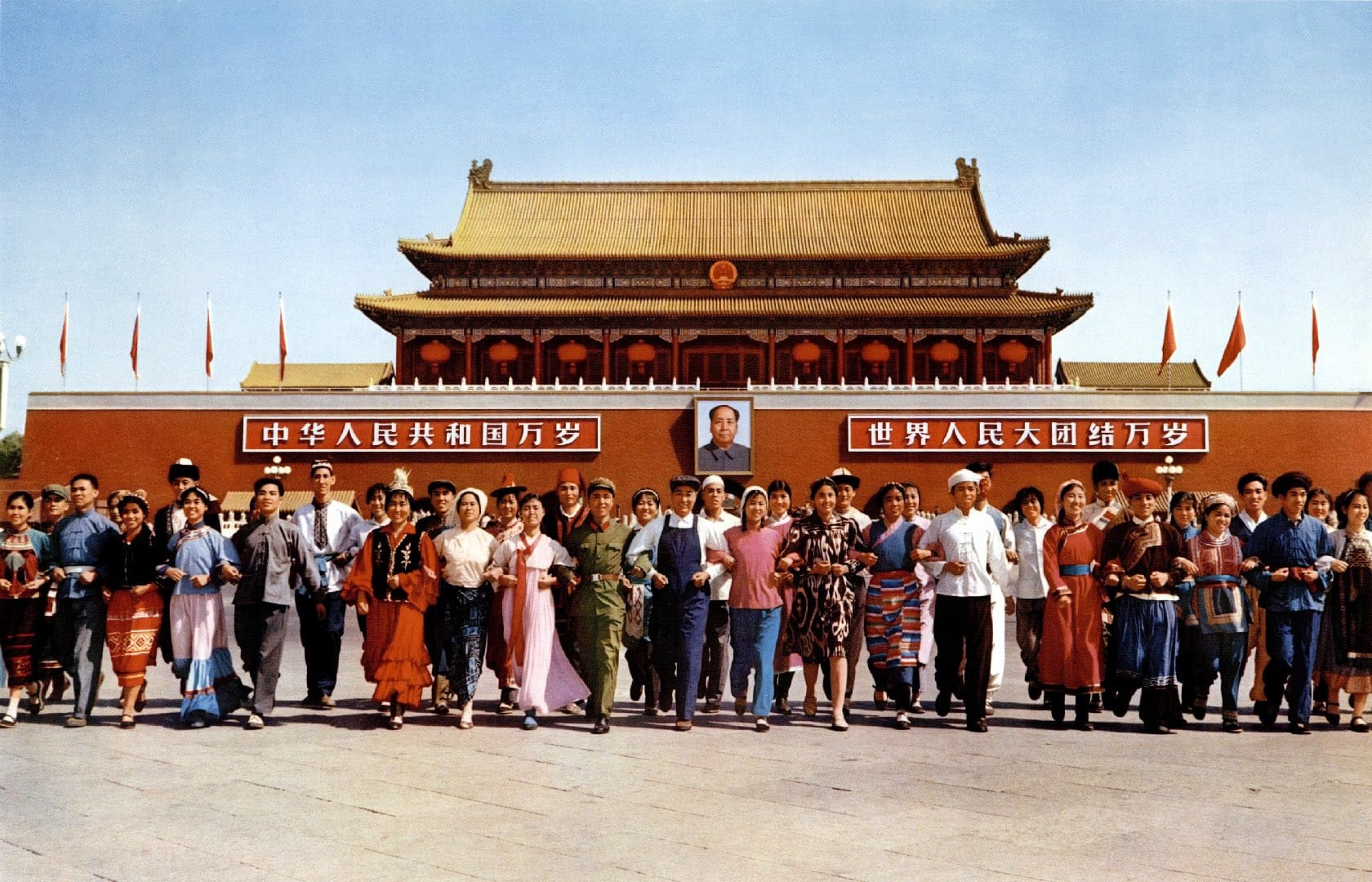
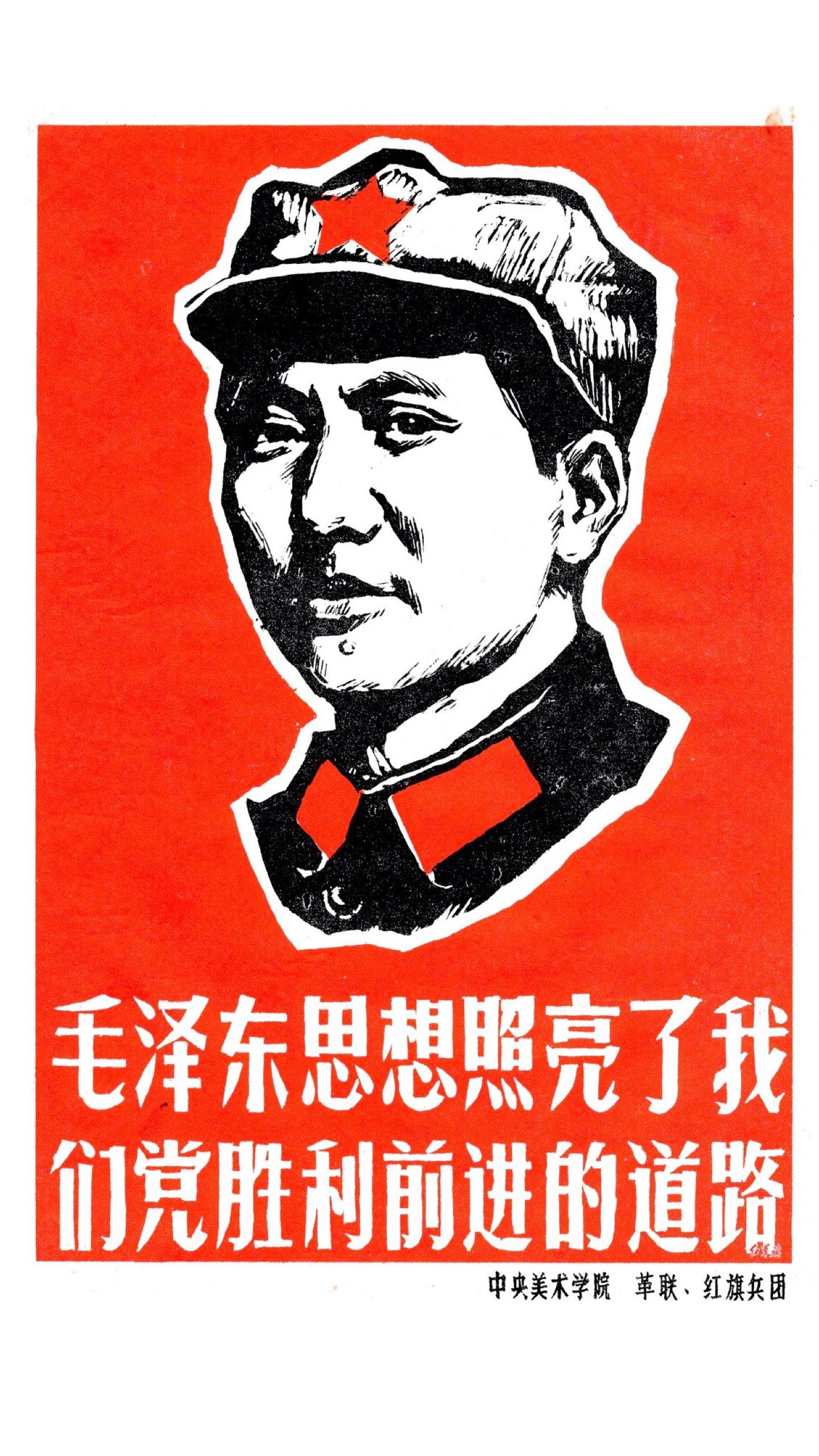
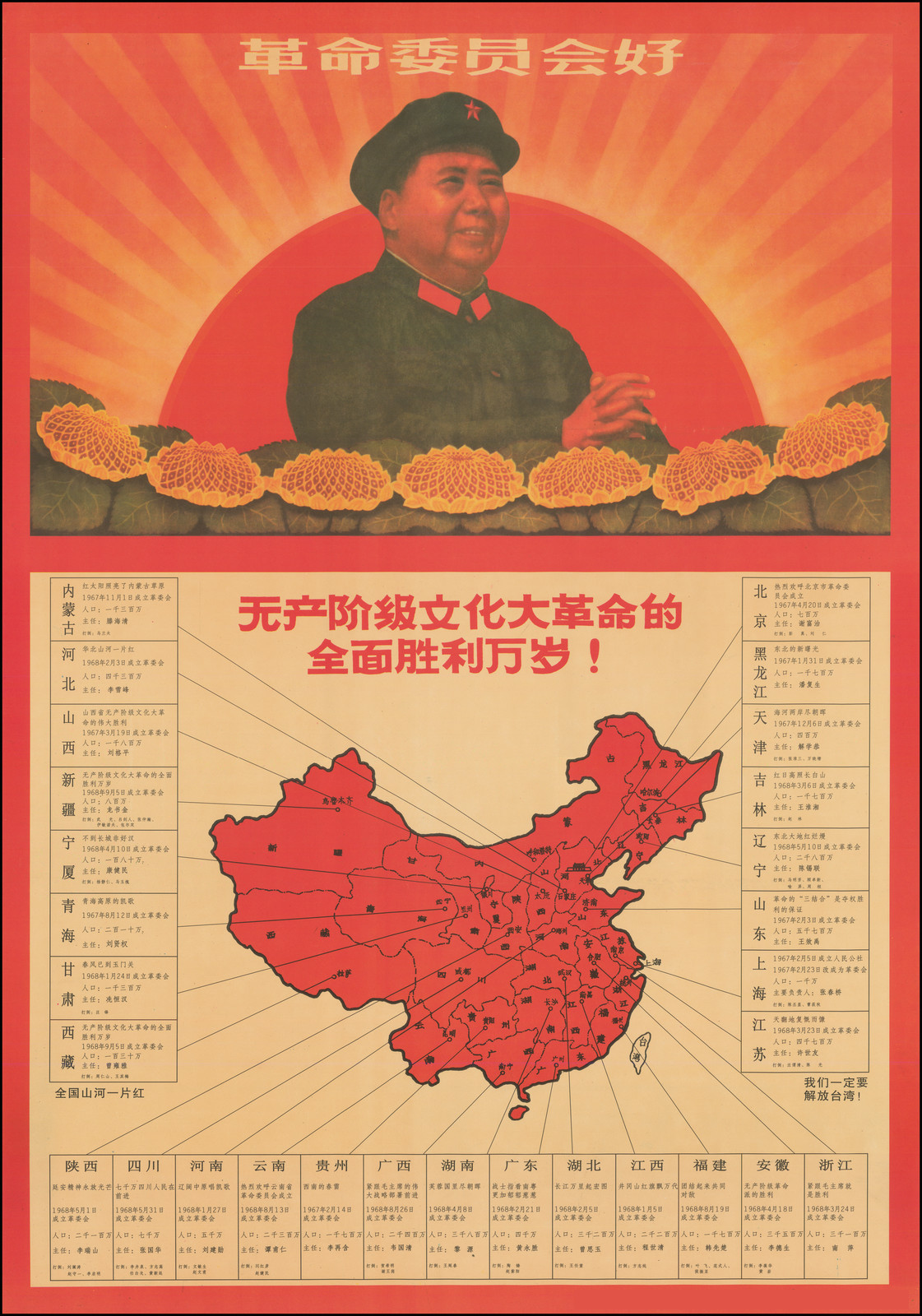
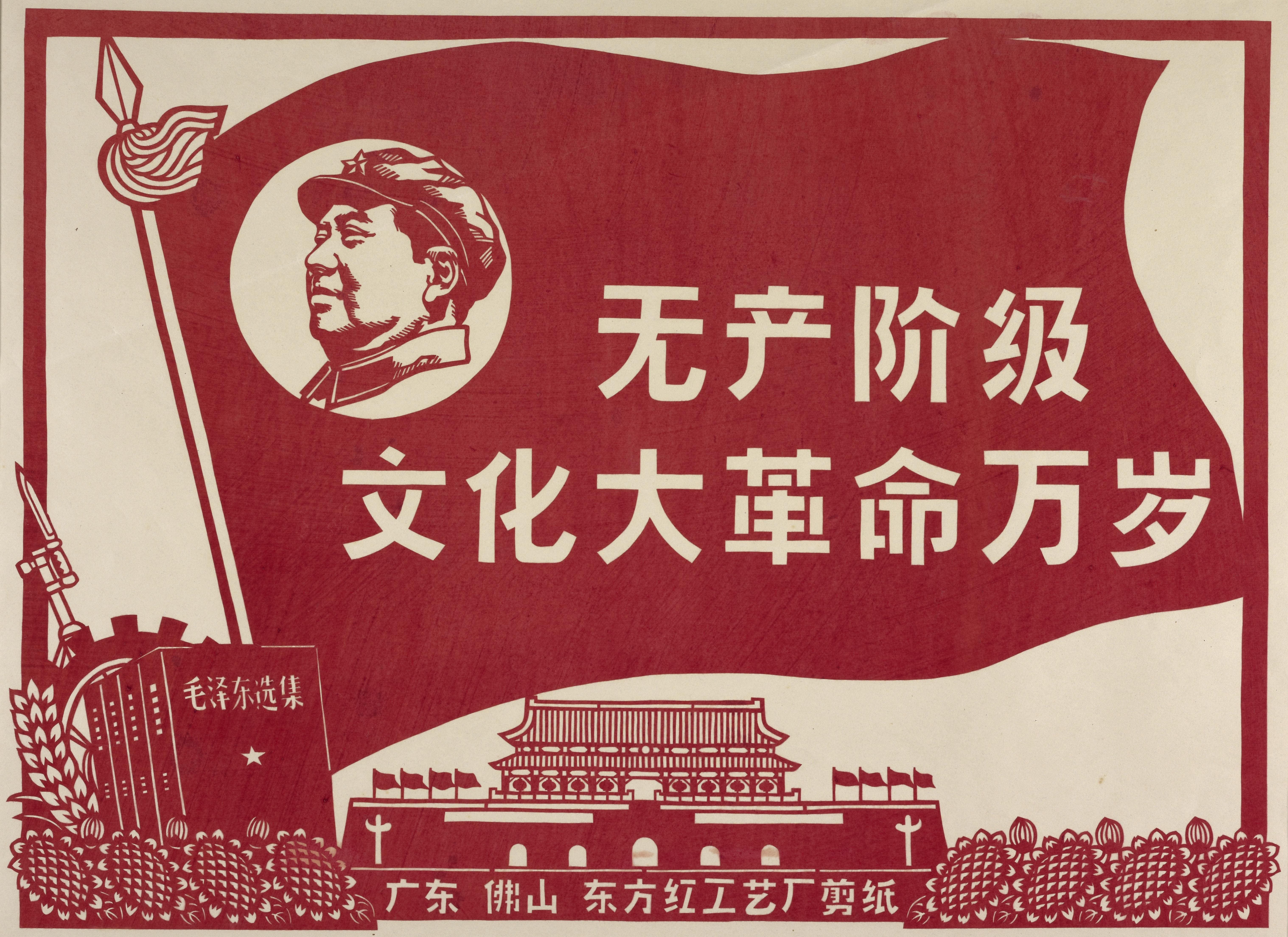
Mao - Remembrance
As mentioned previously, Mao’s legacy is multifaceted and complex. His supporters view him as a champion of the proletariat, believing that his policies significantly benefited the working class and improved their lives. In contrast, his opponents argue that they were harmed by Mao’s policies, experiencing repression and hardship as a result of his regime. This division highlights the polarized perspectives on Mao’s impact, reflecting the broader socio-political landscape of the time. Perhaps this comes to prove exactly what Mao stated, “A certain tree will grow that certain flow, just like how a certain class will say that certain thing.” This quote underscores the idea that individual experiences and interpretations of Mao's leadership are deeply influenced by one's social class and political alignment, illustrating the enduring complexity of his legacy.


Mao’s legacy will also be further explored in the “Diaries” and “Memories” section.
Home Page